Bac Giang diversifies crops, increases production value
Realizing big demand for vegetables in industrial parks bordering Thai Nguyen province and Hanoi city, a few years ago, some households in Trung village, Hop Thinh commune (Hiep Hoa district) converted their rice cultivating land to grow vegetables. Thanks to short harvest time (monthly) and smooth consumption, the economic value increased significantly. After acknowledging the efficiency, many households also switched to intensive vegetable cultivation and increased the total area of the whole village to 15 hectares.
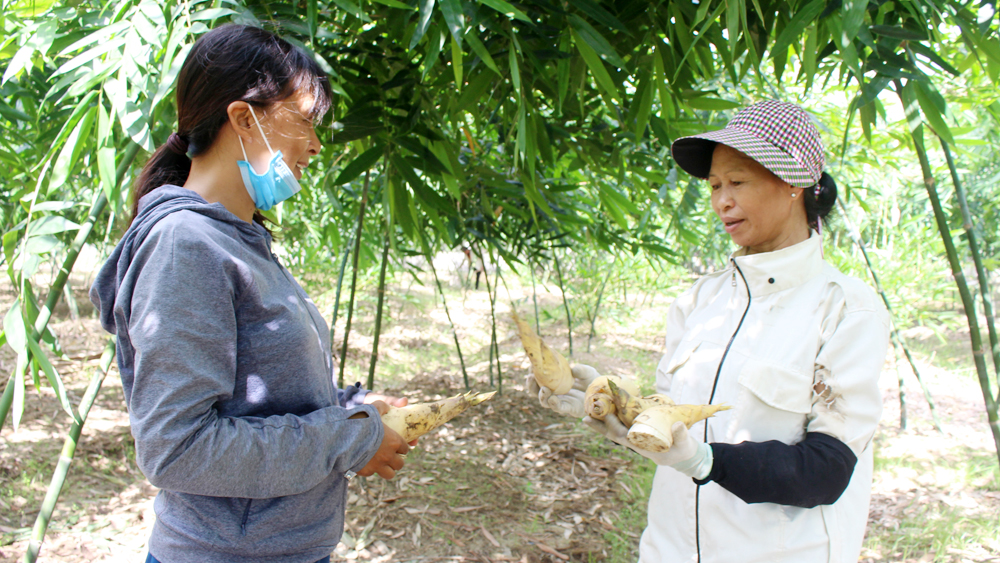 |
|
Luc Truc bamboo shot growing model in Ngoc Ly commune, Tan Yen district proves high economic value. |
Nguyen Thi Nguyen in Trung Tam village shared: “My family converted all 7 sao (old measuring unit, each equal to 360 square meters) of agricultural land to grow cabbages. With an average selling price of 4,000 VND per kg, my family earns nearly 30 million VND (nearly 1,300 USD) per sao per year or over 800 million VND per hectares”.
Bac Giang province currently has about 140,000 hectares of cultivation land, including over 80,000 hectares of annual crops and the remaining of fruit trees. By active application of techniques in intensive farming, the production value has constantly increased up to 135 million VND per ha per year in 2021, up 15 million VND per ha compared to the previous year.
The transformation of crop structure to grow varieties with high economic value and large market demand becomes the "key" to increase income, help farmers feel secure in their fields.
In Tan Yen district, people have switched to grow crops of high economic value such as: Guava (300 hectares), Luc Truc bamboo shoots (80 hectares) and Danh mountain ginseng among others.
With cultivation field for annual crops, farmers also changed the traditional growing model of "2 rice, 1 vegetable" into intensive farming of "1 rice, 4 vegetable". As a result, by the end of 2023, the production value in the district is estimated at 171 million VND per cultivation unit. Similarly, in Nghia Phuong commune (Luc Nam), the whole commune has planted 100 hectares more of sugar apple fruits, bringing the total area to 450 hectares for 3 recent years.
According to the Department of Agriculture and Rural Development, in spite of many difficulties and challenges, by the end of the first 6 months of this year, the growth rate of the agricultural sector still increased by 2.7 percent in the third consecutive year.
To achieve the above results, in addition to the incentive and support mechanism of the province, the activeness of the people, the province and the localities actively restructured, selected crops which were suitable to their advantages to create a set of signature products, such as: hill chicken, late ripening longan in Yen The; bamboo shoots, guava, early ripening lychee in Tan Yen; orange, grapefruit, lychee in Luc Ngan; sugar apple fruit in Luc Nam; water dropwort in Hiep Hoa.
Along with that, farmers promoted to apply technical advances, produce in line with VietGAP, GlobalGAP, organic procedures in association with the consumption market, brand development, contributing to increase productivity and value per unit.
Particularly, the 11th session of the 19th Provincial People's Council considered and approved resolutions relating to support policies for the development of agricultural, forestry and fishery production in the province; the linkage chain of production and consumption of agricultural products; breed and variety production.
“Right after the Resolutions come into effect, the sector will focus on guiding and supporting localities to implement and soon bring the Resolution to life. At that time, organizations, individuals and businesses will have more "push" to expand production, put new and high-quality varieties into production and expand the market to increase production value and people's income. It will contribute to early complete the goals set out by the Resolution of the 19th Provincial Party Congress", emphasized Le Ba Thanh, Vice Director of Department of Agriculture and Rural Development.
 Bắc Ninh
Bắc Ninh





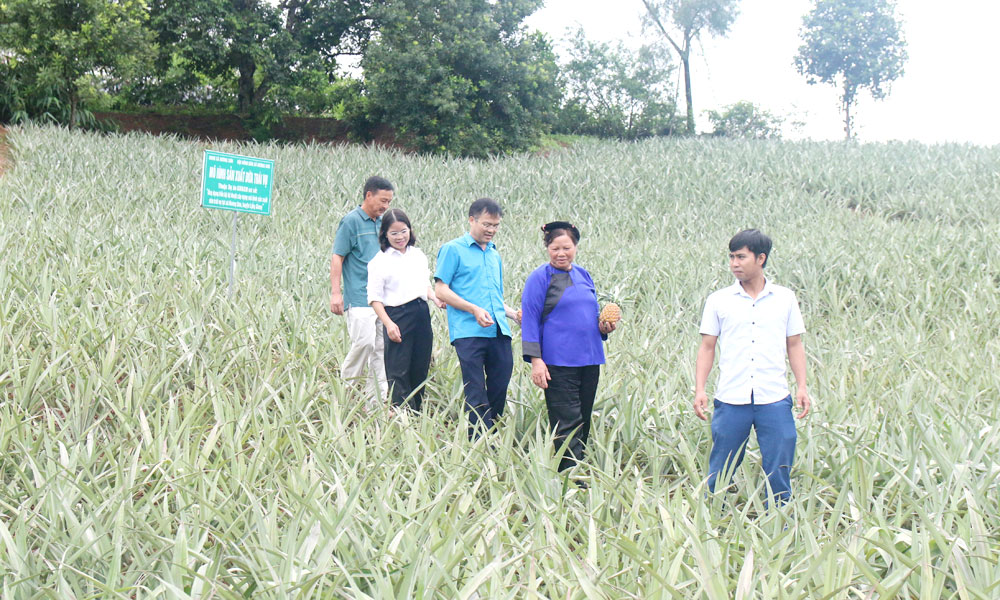
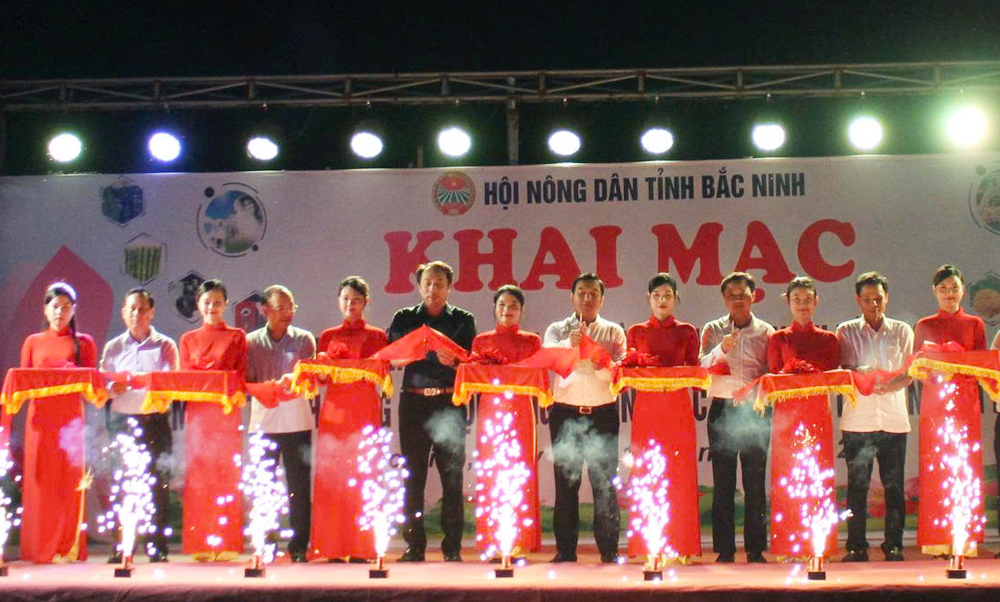
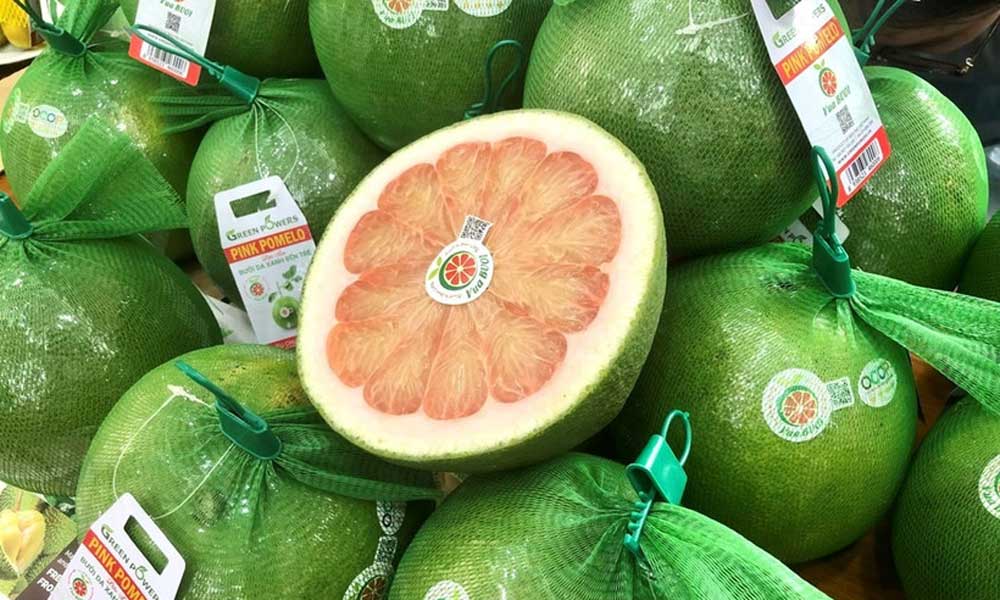


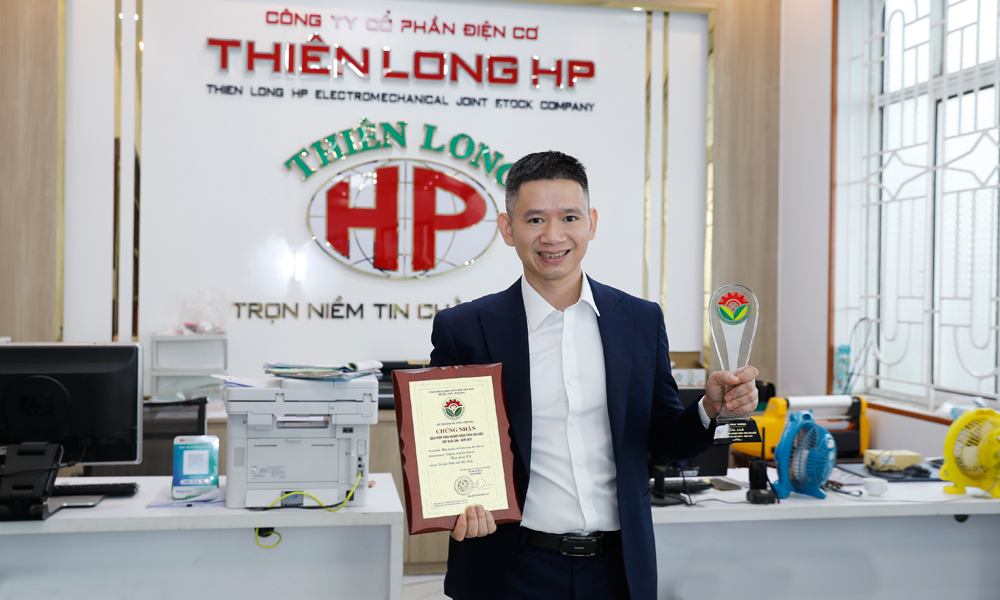



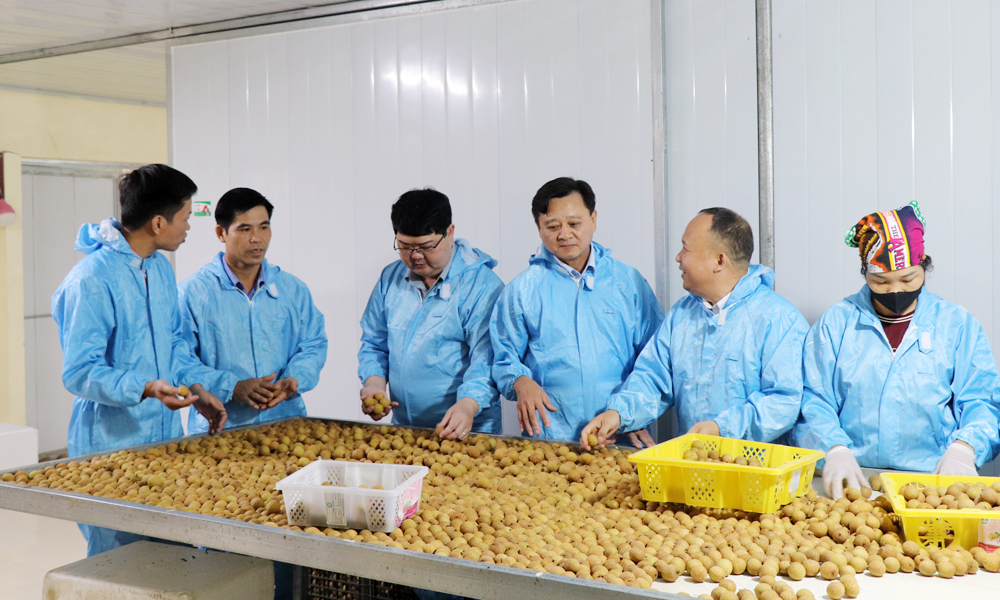

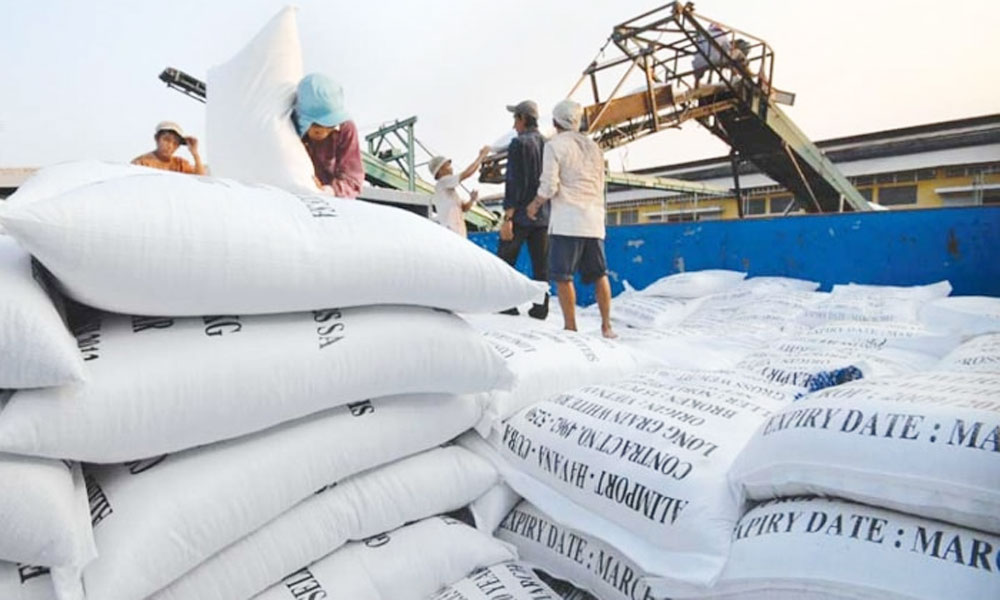

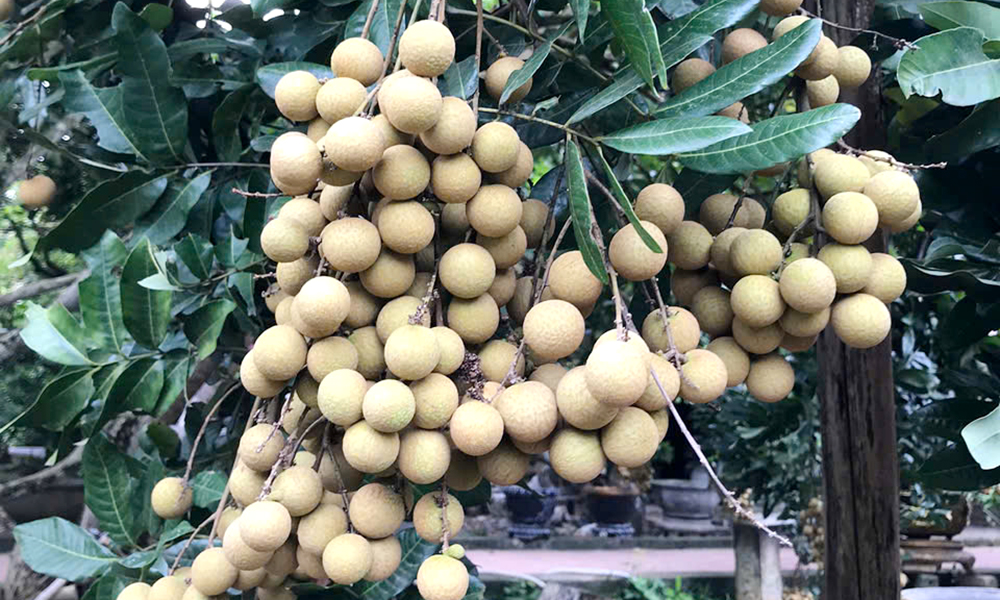






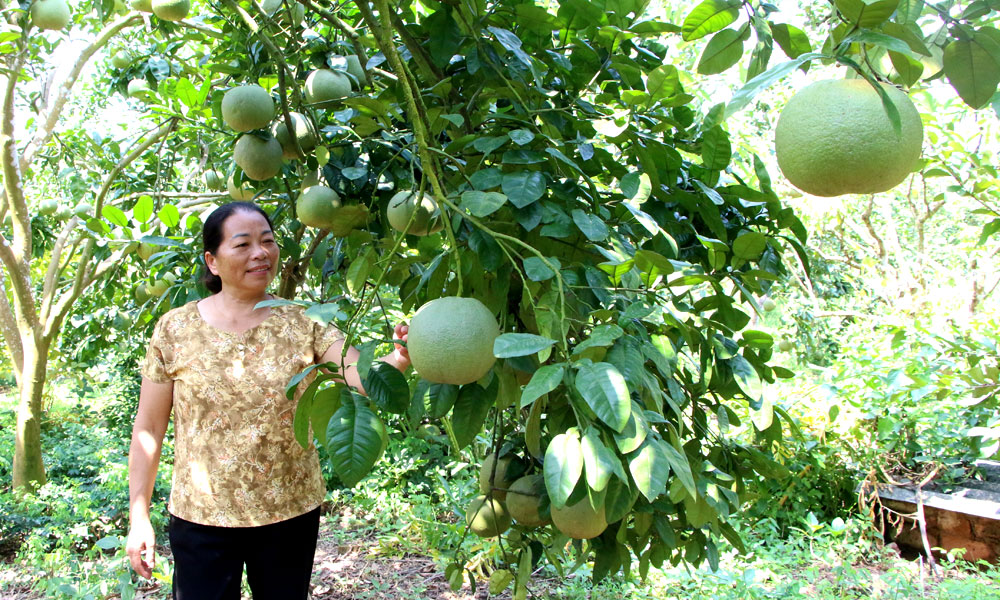



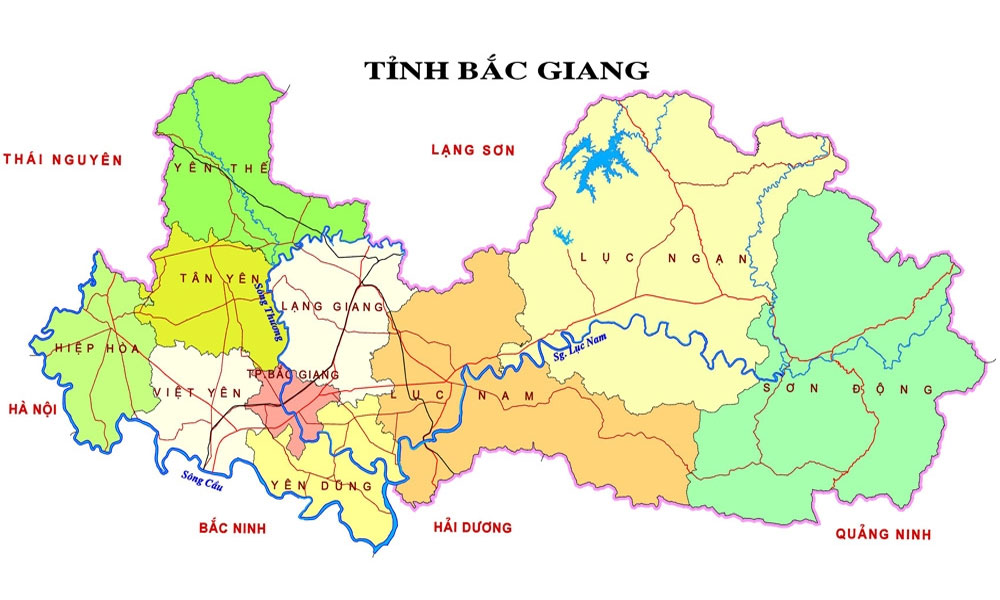



Reader's comments (0)